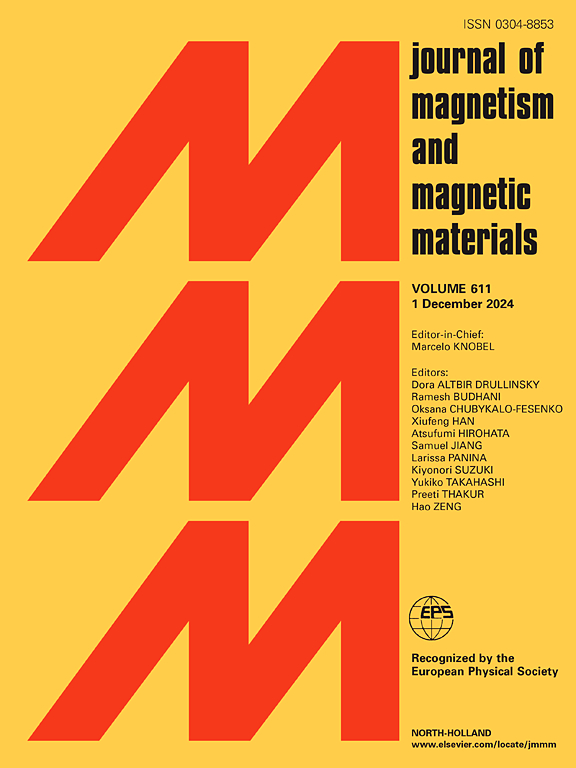An investigation of tribological properties of magnetorheological grease with thermomagnetic coupling
IF 2.5
3区 材料科学
Q3 MATERIALS SCIENCE, MULTIDISCIPLINARY
引用次数: 0
Abstract
Frictional and wear between components in magnetorheological devices critically influence on the operating stability, control accuracy, and service life. In particular, wear of the elastic seals may cause medium leakage and eventually lead to seal failure. This paper aims to investigate the tribological properties of magnetorheological grease with different thermomagnetic coupling conditions. First, a simulation analysis of the magnetic field distribution surrounding the friction subsurface is presented. Then, the tribological experiments are performed. Subsequently, experimental results and an ultra-depth digital microscope interactive system were combined to reveal thermomagnetic coupling lubrication mechanism. The experimental results indicate that different thermomagnetic coupling fields affect the tribological properties of magnetorheological grease and the magnetic field could compensate for the effect of temperature rise. The magnetic particles covered by the base oil will participate in the lubrication process. Moreover, the dispersed magnetic particles act as an intermediate layer and change the contact form in the friction area, thus reducing the friction coefficient. However, if the magnetic particles are agglomerated in large quantities, it may cause abrasive wear and increase the wear of the contact surface.
求助全文
约1分钟内获得全文
求助全文
来源期刊

Journal of Magnetism and Magnetic Materials
物理-材料科学:综合
CiteScore
5.30
自引率
11.10%
发文量
1149
审稿时长
59 days
期刊介绍:
The Journal of Magnetism and Magnetic Materials provides an important forum for the disclosure and discussion of original contributions covering the whole spectrum of topics, from basic magnetism to the technology and applications of magnetic materials. The journal encourages greater interaction between the basic and applied sub-disciplines of magnetism with comprehensive review articles, in addition to full-length contributions. In addition, other categories of contributions are welcome, including Critical Focused issues, Current Perspectives and Outreach to the General Public.
Main Categories:
Full-length articles:
Technically original research documents that report results of value to the communities that comprise the journal audience. The link between chemical, structural and microstructural properties on the one hand and magnetic properties on the other hand are encouraged.
In addition to general topics covering all areas of magnetism and magnetic materials, the full-length articles also include three sub-sections, focusing on Nanomagnetism, Spintronics and Applications.
The sub-section on Nanomagnetism contains articles on magnetic nanoparticles, nanowires, thin films, 2D materials and other nanoscale magnetic materials and their applications.
The sub-section on Spintronics contains articles on magnetoresistance, magnetoimpedance, magneto-optical phenomena, Micro-Electro-Mechanical Systems (MEMS), and other topics related to spin current control and magneto-transport phenomena. The sub-section on Applications display papers that focus on applications of magnetic materials. The applications need to show a connection to magnetism.
Review articles:
Review articles organize, clarify, and summarize existing major works in the areas covered by the Journal and provide comprehensive citations to the full spectrum of relevant literature.
 求助内容:
求助内容: 应助结果提醒方式:
应助结果提醒方式:


